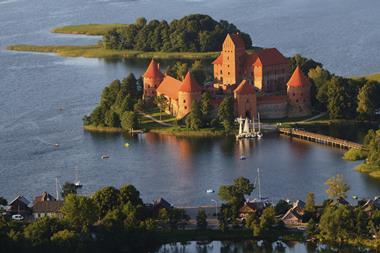Russia’s new pensions law came into effect on 1 January following its approval by the State Duma, Federation Council and president Vladimir Putin’s signing off in late December.
All non-state pension funds (NSPFs) will have to convert from their current status as non-profit organisations to joint-stock companies – by the start of 2016 for those offering mandatory pensions and by 2019 for voluntary funds – and be licensed by the Bank of Russia, the central bank and the pensions regulator.
Funds that fail to convert by the relevant deadline will be liquidated.
Mandatory funds will require a minimum RUB150m (€3.3m) in own funds and share capital of RUB120m, rising to RUB200m and RUB150m, respectively, as of the start of 2020.
The new companies will only be able to issue ordinary shares.
They will be prohibited from issuing loans and, for the first five years of their existence, any dividends.
The law bans offshore companies from holding shareholdings in the companies, a proscription that may in future be extended to foreign entities.
No single entity or individual can hold more than 10% without prior approval from the Bank of Russia.
The executive head of the new company would be expected to have a minimum two years’ relevant financial experience.
As in the case of the previous system, the second pillar remains restricted to those born after 1967.
Workers can chose whether to pay the 6% contribution to a privately managed fund or have the full 22% contribution in the first pillar – also the default option – with the deadline for this choice set for the end of 2015.
Pension contributions for 2014 will in the meantime flow into the first pillar.
The new law introduces a two-tier guarantee system.
The first is a reserve fund that each company must build up from investment income and other assets, including the shareholders’ own funds.
By 2018, a pension company’s reserve fund would have to be a minimum 1%, and a maximum 10%, of its pensions savings.
The second level is a guarantee fund compensating members in the event of a pension company bankruptcy, to which the new companies must subscribe.
This entity will be run by the Deposit Insurance Agency, the state body responsible for bank deposit insurance.
The new pensions legislation also changes, as of the start of 2015, the coefficients for calculating first-pillar pensions payable on retirement, including making it more financially attractive for workers to defer their retirement.
Crucially, it did not change the statutory retirement age, of 55 years for women and 60 years for men, which remains low by international standards.
For more on pensions in Central and Eastern Europe, see the current issue of IPE magazine.




























1 Reader's comment